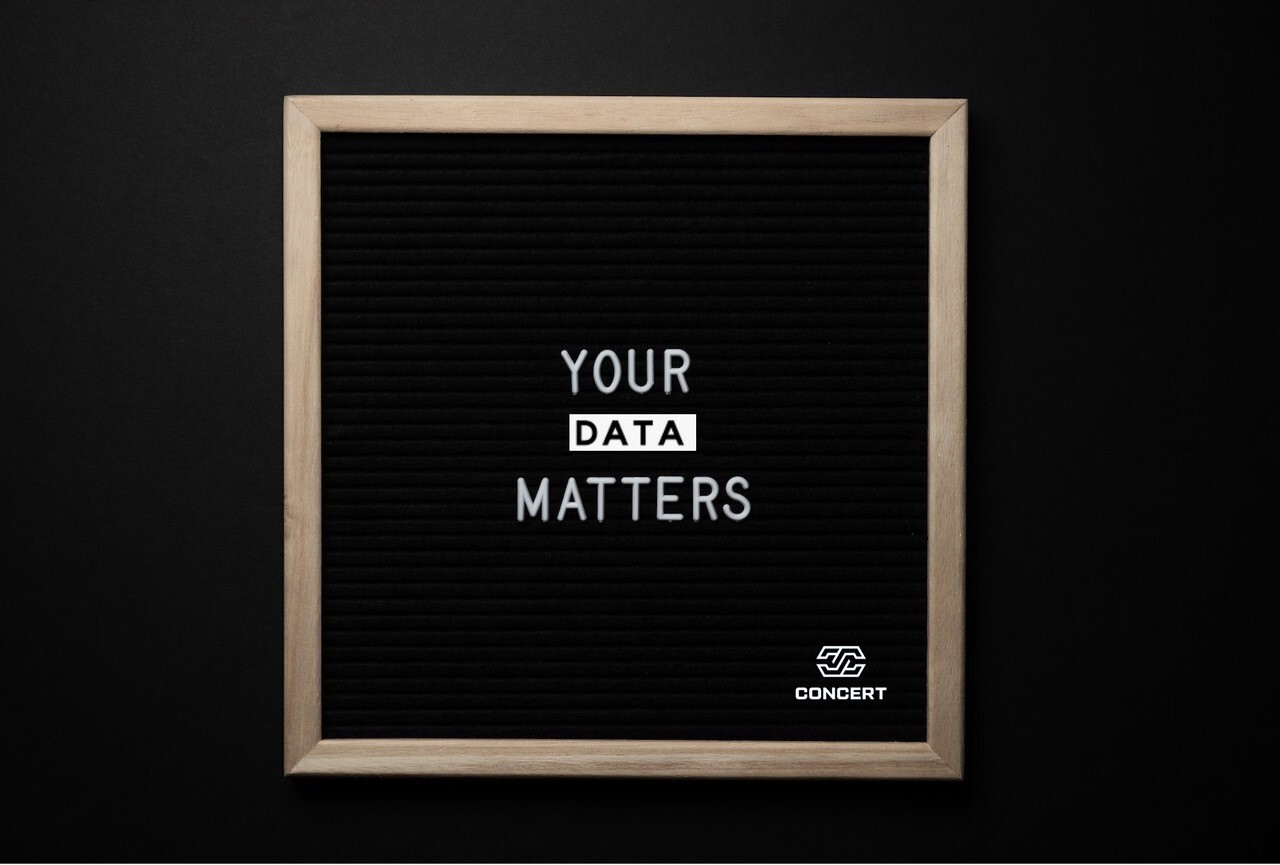by Tim Dufault – Concert CRO
Architects inhabit a mismatched place in popular culture; they are either portrayed as creative geniuses and heroic figures or as arrogant and egocentric. Professionally, architects consider themselves to be collaborators and trusted advisors to their clients. Yet, Individually, they struggle with a fear of becoming commoditized, usurped by outsiders, and reduced to an inconvenient necessity. This complex dichotomy leaves the individual and the professional hesitant, opening the door to influences that inhibit innovation and deprive their client of greater value. This is the Architect’s dilemma – how to counter the powers that hold them back from innovating.
Five primary influencers inhibit architects’ ability to innovate:
- Owning the firm – For the firm owners, the biggest perceived risk is your competitive position – get new work, keep staff billable, and maximize profit. This primary focus means investments are considered a tax on profit. Compensation is tied to profit, so the reward for innovation is not great enough to invest in the risk.
- The Client –Clients hire architects because they have the expertise to solve their business problems. On the surface, this aligns well with the idea of “trusted advisors.” However, that trust is eroded when cost and schedule overruns create frustration, and mistakes due to miscommunication or misinterpretation result in conflict and added cost. In addition, innovation is inhibited by the risk of carrying a financial burden when something goes wrong.
- The Owners Representative – Owners Representatives are real estate or construction-trained individuals who act as project managers for an owner or institution. Their focus is on driving higher value for the capital investment and, on behalf of the owner, becoming the authority for project decisions. Innovation is only perceived as valuable if it fits a preconceived cost-benefit analysis.
- The Contractor – Contractors hold primary control of the budget and schedule because they manage the prime construction contract and accept the risk of getting the building built. Their risk is mitigated by assigning responsibility or blames as issues arise. Innovation is embraced only if it reduces the first cost, risk, or time to complete the work.
- Lawyers and Insurance – Lawyers and the insurance industry advise, defend, and protect your business and the financial investment it represents. However, the firm owner determines what risk to accept, generally within the context of the professional standard of care. Innovation can change the standard of care but is often hindered by the misinterpretation of that standard.
Architects have successfully worked to counter these influences for more than a half-century, so why change now? Because external stimuli are driving the industry, and your clients, to change. Those stimuli are:
- 2020 – The pandemic changed how value is defined across all segments of the economy. Social unrest in the United States, driven by racial injustice, reshaped urban centers and what they provide for all people. The global climate crisis reinforced the need for resilience in our communities and buildings. These stimuli revealed that the status quo is unsustainable, and change is necessary, especially in the built world.
- Technological Evolution – Design and construction continue to be shaped by new technologies. As a result, investors are demanding greater efficiency and speed throughout the design and construction process. In support of that demand, they invest in disruptive technologies that will change how we design and build. Ignore this at your own risk. These new technologies and processes are built on data, and the source of that data ultimately flows from the architect’s design.
So, there is a compelling argument to change, but how do you rewire a 150-year-old system? It starts by recognizing that the value you deliver today is radically different; data is the value, and firm leaders must shift their mindset to understand that Design = Data. This perspective shifts your focus to your digital deliverables as assets you can monetize, control, and leverage.
Two elemental changes are all you need to make:
- Own your Digital Assets – Your digital capabilities are critical to your ongoing success, so own how they are used. This will require you to build your firm’s digital capabilities and define how the outputs will be used. They are more than a record of the design concept; they are valuable components in the construction and operations of the building they represent. You are the Genesis creator of all future building data, so treat your data accordingly. Most of all – manage data, not time.
- Turn your Clients into Data Consumers – Your clients don’t fully understand the value of the data you create. Educate them, and yourselves, on how your data can be leveraged to improve the economies and efficiency of construction and operations of their building. Creating a clear record of all data is critical to realize its value. A Web3 (blockchain) environment is an effective mechanism to memorialize the data in a permanent, secure, and accessible environment, opening the door to monetizing its value.
At Concert, we created an effective mechanism to record, manage, and share design data. We are built on a Web3 platform that provides a permanent, secure, and accessible environment. Let us show you how to embrace and monetize change as design moves into the 21st century. No risk required.





